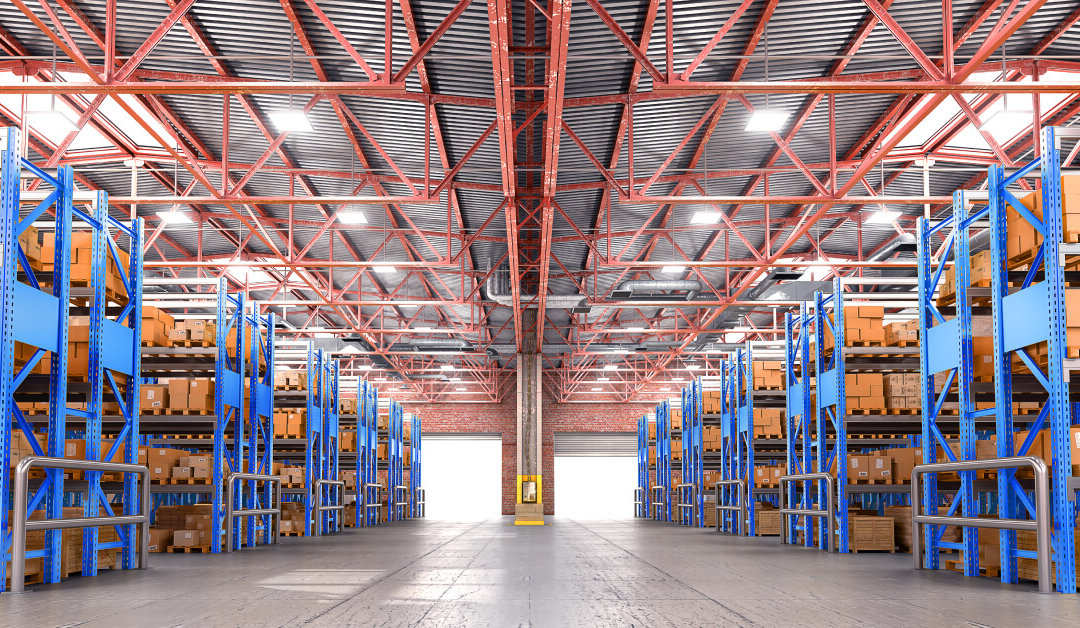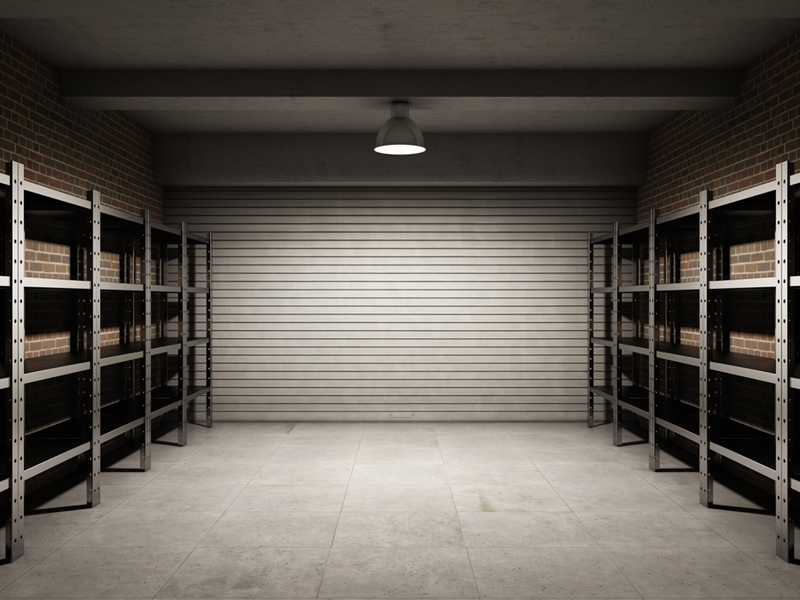
5 money saving tips for your warehouse
Many businesses rely on warehousing for the success of their day-to-day operations. From storage to refrigeration and transport, these spaces are an important link in a company’s supply chain. However, despite their crucial role, storage facilities of all shapes and sizes consume a large amount of energy.
When you take rising electricity prices into account, keeping capital costs for utilities low can be difficult, a factor that can be lethal for the profitability of a small or medium sized enterprise. Implementing the most economical and effective measures to reduce energy is therefore crucial. With that in mind, here are five tips to help you cut down on electricity consumption in your company’s warehouse.
1. Choose fluorescent
Lighting is a critical element in warehousing – not only does it illuminate the space, but an effective lighting system can make a much safer and more comfortable working environment. However, it can
An effective lighting system can make a much safer and more comfortable working environment
also be one of the most expensive costs involved in operating a warehouse. By adopting more energy efficient bulbs and systems, your business can cut back on energy expenditure and protect its bottom line.
Installing a fluorescent system can be one of the most effective and affordable ways to reduce your warehouse’s electricity bills, as well as improving the quality of light. According to Exceed Consulting, linear flourescent bulbs can result in energy savings of around 60 to 80 per cent compared to sodium or halide varieties.
2. Turn off the lights
Often, it’s the way that you use lights that can make the biggest difference to a warehouse’s energy consumption. The easiest way to achieve energy savings is to turn off lights when the facility is not in use. There are a number of options: Lighting controls can let you determine where, when and for how long lights are switched on throughout the facility. This is useful for regularly used sections, like an office or foyer, while areas that are often unoccupied can also benefit from motion detectors.
A combination of the two management system can create a much more energy-efficient space.

3. Insulate walls
Maintaining a constant temperature is one of the biggest tasks in some warehouses. Heating and cooling systems keep the temperature consistent for health and safety purposes, and ensure your product is stored in the optimum environment.
However, these efforts can go to waste if the roof or walls aren’t equipped with proper insulation. What’s more, this can cause significant energy loss and high electricity bills.
Improving or retrofitting insulation doesn’t need to be an inconvenience – if you’re doing renovations or making other energy-efficient changes, try killing two birds with one stone.
For instance, loose-fill insulation can be pumped or blown into the wall or ceilings without the need for extensive building work. Reflective foil insulation can be a good option for the roof, according to the South Australian state government, as it deflects radiant heat from the interior during summer.

4. Keep the door closed
Carefully temperature controlled air can escape when opening and closing the door, which makes a well-maintained and high-speed mechanism crucial. Make sure that your doors are regularly checked for faults and damage.
It may be that you need to replace them with a more modern version – after all, even the smallest gap provides a space for significant energy wastage.
5. Pick fans
Wide open spaces mean it can be difficult to keep an even temperature. During the cooler months, try fitting smaller heaters in work areas to keep employees comfortable – this can cut down on the costs of warming the whole space.
Ceiling-mounted fans can be useful way to disperse cool or warm air throughout the building, without reducing or increasing the temperature on the thermostat.
Whatever your specialty, you need to make sure your small business is getting the best deal possible from your electricity supplier. Rather than wonder, get in touch with the electricity comparison experts at Make It Cheaper. Armed with your bills and energy habits, they will find out whether you are getting value from your current provider – or if you need a change.
Posted by Richard West
